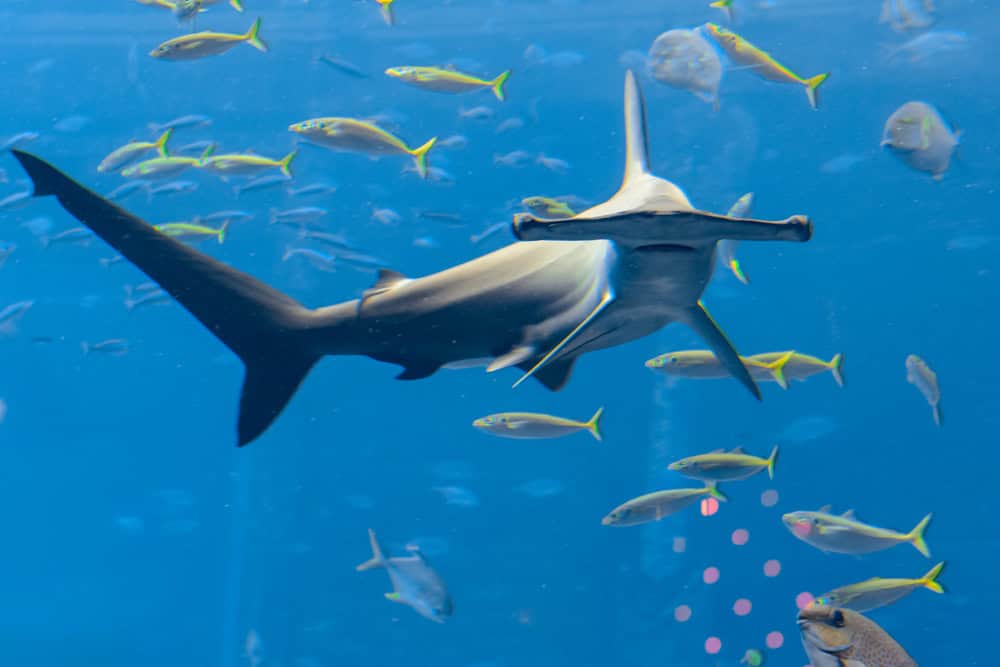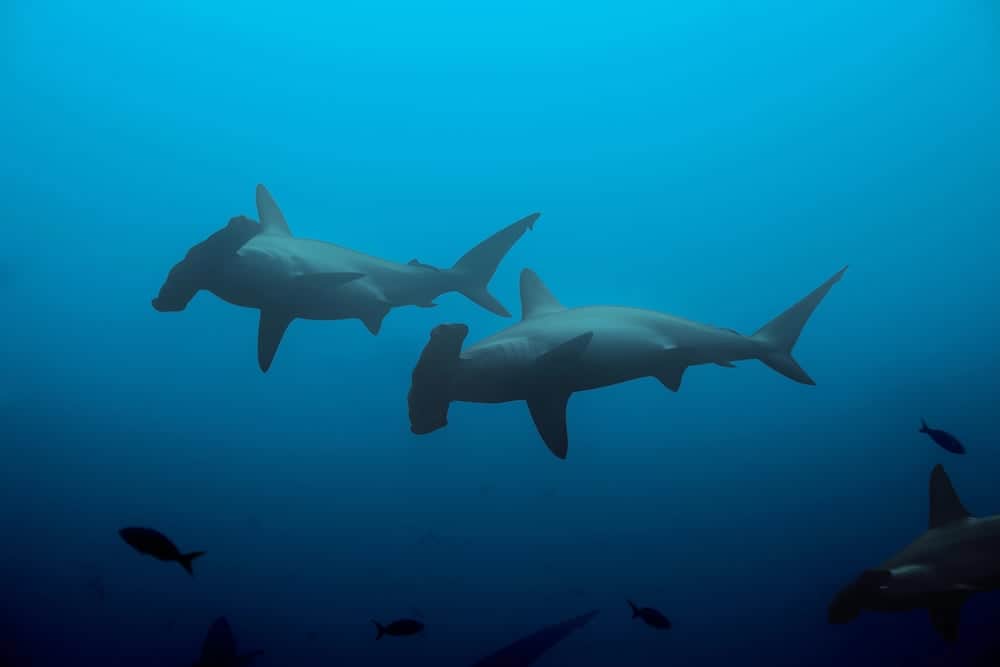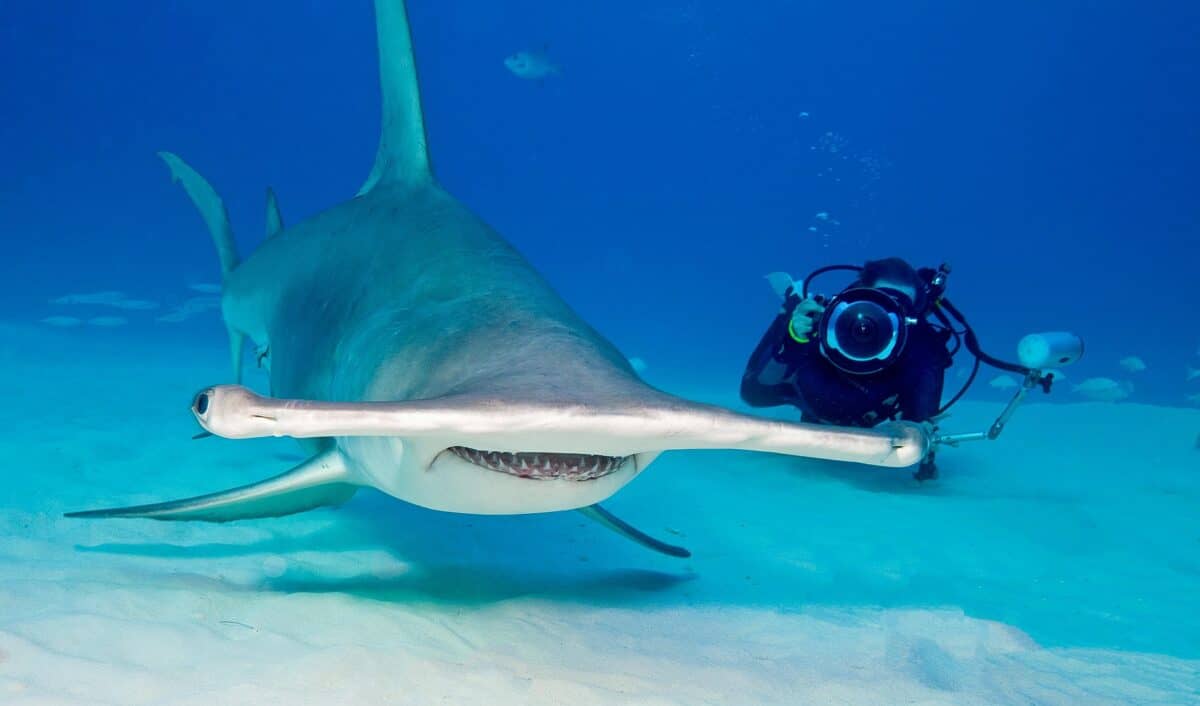Hammerhead sharks are fascinating creatures of the marine world, known for their distinctive head shape and incredible sensory abilities. Among these intriguing species lies a particularly noteworthy specimen that has captured the fascination of scientists and enthusiasts alike: the largest hammerhead shark ever recorded in US waters. This article explores the anatomy, habitat, behavior, and significance of these majestic giants of the ocean.
Understanding the Hammerhead Shark Species

The hammerhead shark belongs to the Sphyrnidae family, consisting of around ten distinct species. Notably, the great hammerhead (Sphyrna mokarran) often catches the public’s eye due to its impressive size. Characterized by their unique ‘hammer’ shaped heads, known as cephalofoils, these sharks possess a streamlined anatomy that aids in navigation and hunting.
The Record-Breaking Catch: An Overview

In 2006, a massive great hammerhead shark was captured off the coast of Boca Grande, Florida, setting the record for the largest ever recorded in US waters. Weighing an impressive 1,280 pounds and measuring over 14 feet in length, this colossal creature stands as a testament to the astounding size these predators can achieve.
Anatomy of the Hammerhead: Unique Adaptations

Hammerhead sharks possess several distinctive anatomical features, with their most visible being the sheet-like extension of their heads. This adaptation increases their sensory range, particularly enhancing their ability to detect electric fields emitted by potential prey. Additionally, their wide-set eyes afford enhanced visual range compared to other shark species.
Habitat: Where the Giants Roam

Primarily inhabiting warm coastal waters, hammerhead sharks are usually found along continental shelves and near coral reefs. These regions offer an abundant food supply, making them ideal foraging grounds. The US waters surrounding Florida are particularly popular due to their optimal conditions for supporting large marine life.
Diet and Hunting Techniques

Great hammerhead sharks are carnivorous, feeding mainly on bony fish, octopus, crustaceans, and other smaller shark species. They utilize their unique head shape to pin down stingrays against the ocean floor, a preferred and frequent target. Their improved vision and electroreception abilities make them adept hunters in the vast oceanic expanse.
Reproduction and Lifespan

Hammerhead sharks are viviparous, meaning they give birth to live pups. The gestation period lasts around 11 months, typically resulting in litters of 20 to 40 pups. These creatures can live up to 30 years, although reaching such an age is rare due to various environmental threats and human activities.
The Role of Hammerhead Sharks in the Ecosystem

As apex predators, hammerhead sharks play a critical role in maintaining the balance of marine ecosystems. By controlling populations of prey species, they help keep the ocean’s food web in check, which contributes to the overall health and resilience of marine habitats.
Conservation Challenges and Efforts

Despite their ecological importance, hammerhead sharks face numerous threats, primarily from human activity. Overfishing, habitat destruction, and diminished prey availability have significantly impacted their populations. Conservation efforts are now underway to protect these majestic creatures, focusing on sustainable fishing practices and habitat preservation.
Scientific Research and Monitoring

Research is crucial for understanding hammerhead shark behaviors and the challenges they face. Advances in satellite tagging and tracking have provided valuable insights into their migratory patterns, informing conservation strategies and helping to safeguard their future.
Cultural Significance and Public Perception

The awe-inspiring nature of hammerhead sharks has cemented their place in popular culture. Often featured in documentaries and marine exhibits, these sharks captivate audiences and foster a sense of wonder and appreciation for the diversity of life beneath the waves.
The Ethical Dimension of Capturing Record-Breaking Sharks

The capture of large sharks, while noteworthy, raises ethical considerations. Ensuring the balance between showcasing natural wonders and preserving wildlife is vital. Responsible practices and awareness campaigns are essential to mitigate negative impacts on these creatures and their habitats.
The Future of Hammerhead Sharks

The journey towards safeguarding hammerhead sharks involves collaborative efforts from scientists, conservationists, and the public. Continued research, regulatory measures, and education can ensure that future generations will also marvel at these impressive denizens of the deep.
In summary, while record-breaking specimens like the largest hammerhead shark ever recorded in US waters capture significant attention, they also spotlight the broader narrative of conservation and appreciation for marine life. These impressive beings are more than their size; they are vital components of our global ecosystem, deserving of protection and admiration.
- The Intelligence of Rhesus Macaques in Lab Research and Nature - August 10, 2025
- How Baby Dolphins Learn Through Play and Mimicry - August 10, 2025
- The Blue Whale: The Largest Animal Ever Known to Have Lived - August 10, 2025

